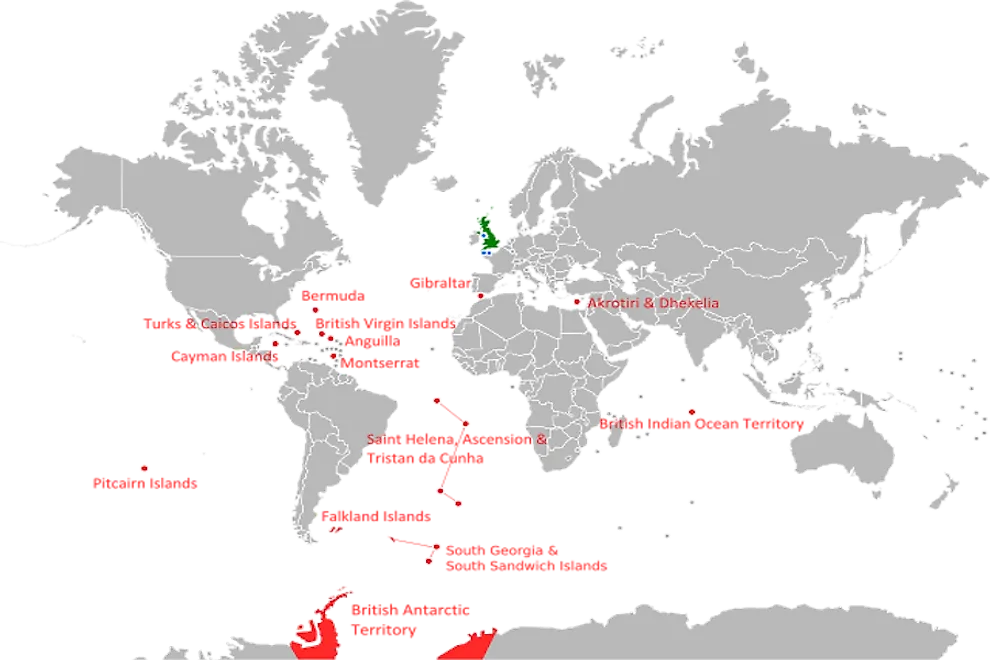World War I had a profound impact on British society, including its class structure.
Most of the aristocracy and nobility served in the military, and many were killed or injured during the war. This reduced the immediate influence of the best-educated, as their numbers and power were diminished.
The high casualty rates necessitated a massive mobilization of the workforce, stripping most experienced and highly-skilled men from the working and middle classes. Women entered the workforce in unprecedented numbers, taking up jobs they had no experience or training for.
Post-war Britain saw significant reforms, including the expansion of the franchise with the Representation of the People Act 1918, which gave the vote to some women.
The higher taxation implemented during World War I (WWI) had significant effects on the availability of capital in several ways.
The standard rate of income tax in the UK increased dramatically from 6% in 1914 to 30% by 1918, which directly impacted disposable income and savings. This escalation meant that more income was subject to taxation, reducing the amount of capital individuals and businesses had at their disposal for investment.
The number of people paying income tax in the UK rose from 1.13 million in 1914 to 3 million by 1920, indicating a significant broadening of the tax base. This increase in taxation not only affected the upper echelons of society but also squeezed middle and lower-income groups, potentially reducing the pool of capital for investment as more income was diverted to government coffers.
High tax rates deter investment by reducing the after-tax return on investments. During WWI, the increased taxation led to less capital being available for business expansion or new ventures, as individuals and companies became less inclined to invest when a significant portion of potential gains would be taxed. This effect is akin to modern capital gains taxes, where higher rates deter the sale of assets due to the tax implications on profits.
To finance the war, governments also increased borrowing, which crowded out private sector investment by increasing demand for capital, thereby raising capital costs.
The high taxation during and immediately after the war left a legacy of a more interventionist fiscal policy that hobbles capital availability to this day.
Most of the aristocracy and nobility served in the military, and many were killed or injured during the war. This reduced the immediate influence of the best-educated, as their numbers and power were diminished.
The high casualty rates necessitated a massive mobilization of the workforce, stripping most experienced and highly-skilled men from the working and middle classes. Women entered the workforce in unprecedented numbers, taking up jobs they had no experience or training for.
Post-war Britain saw significant reforms, including the expansion of the franchise with the Representation of the People Act 1918, which gave the vote to some women.
The higher taxation implemented during World War I (WWI) had significant effects on the availability of capital in several ways.
The standard rate of income tax in the UK increased dramatically from 6% in 1914 to 30% by 1918, which directly impacted disposable income and savings. This escalation meant that more income was subject to taxation, reducing the amount of capital individuals and businesses had at their disposal for investment.
The number of people paying income tax in the UK rose from 1.13 million in 1914 to 3 million by 1920, indicating a significant broadening of the tax base. This increase in taxation not only affected the upper echelons of society but also squeezed middle and lower-income groups, potentially reducing the pool of capital for investment as more income was diverted to government coffers.
High tax rates deter investment by reducing the after-tax return on investments. During WWI, the increased taxation led to less capital being available for business expansion or new ventures, as individuals and companies became less inclined to invest when a significant portion of potential gains would be taxed. This effect is akin to modern capital gains taxes, where higher rates deter the sale of assets due to the tax implications on profits.
To finance the war, governments also increased borrowing, which crowded out private sector investment by increasing demand for capital, thereby raising capital costs.
The high taxation during and immediately after the war left a legacy of a more interventionist fiscal policy that hobbles capital availability to this day.








